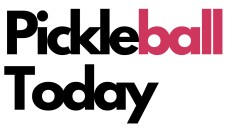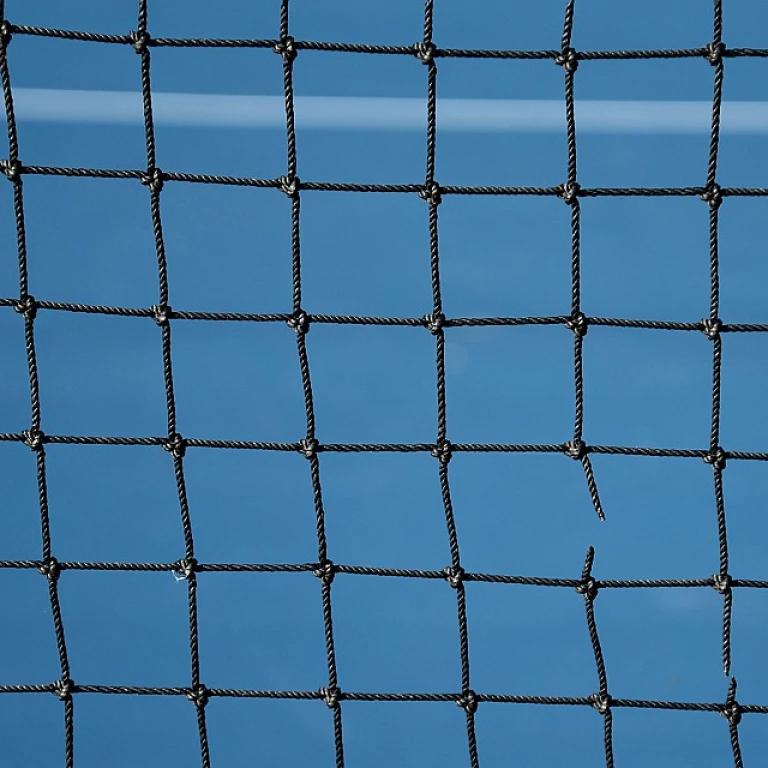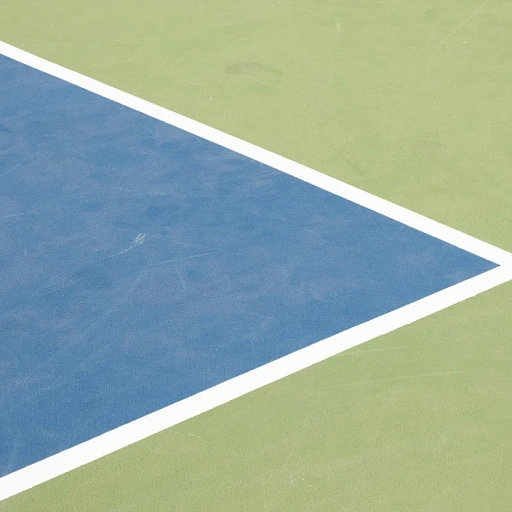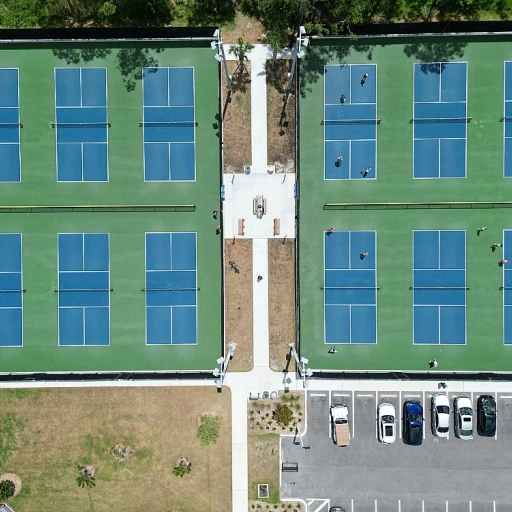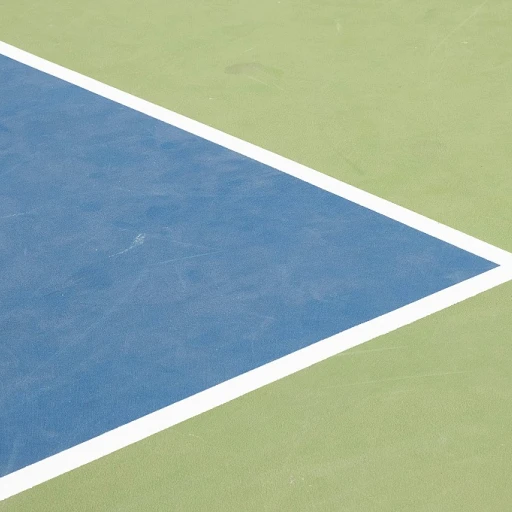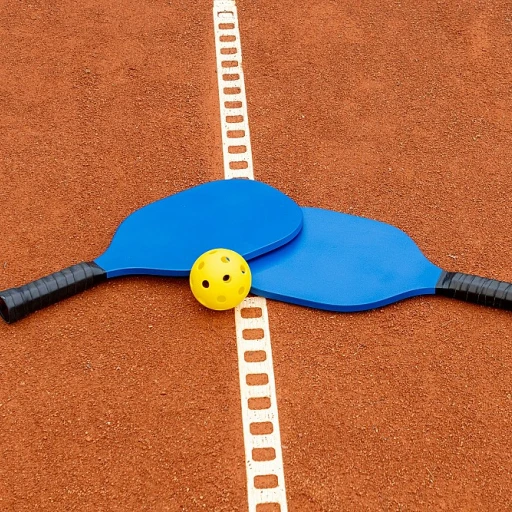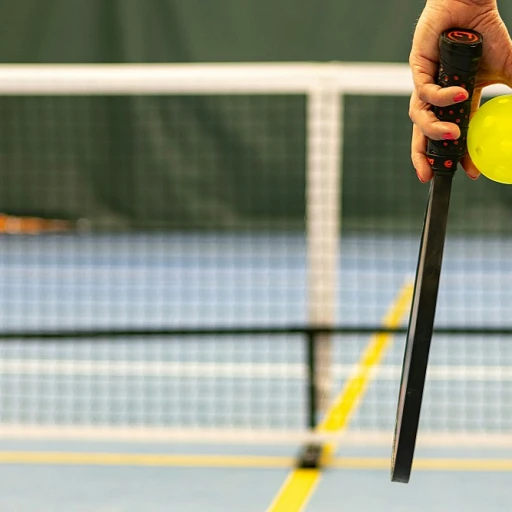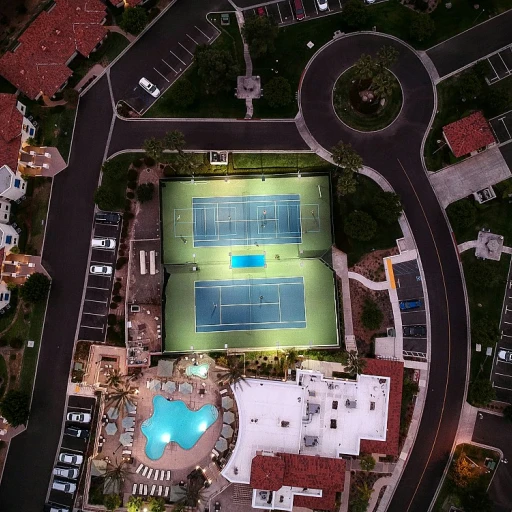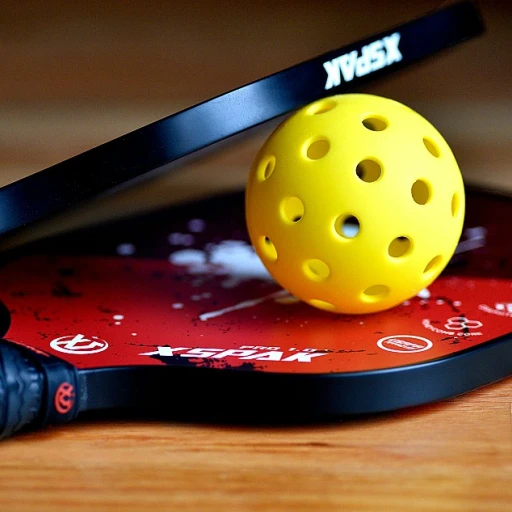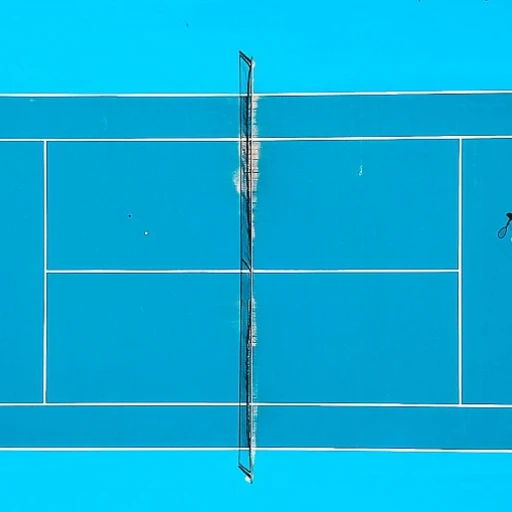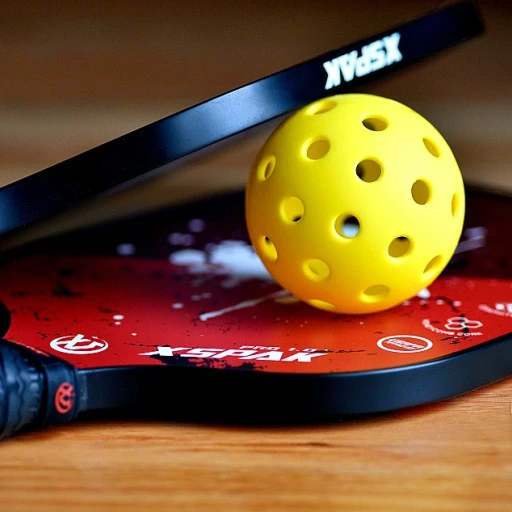
What are Stacks in Pickleball?
Exploring the Concept of Stacks in Pickleball
Pickleball, a rapidly growing sport enjoyed by diverse age groups and skill levels, offers various strategies to enhance gameplay and increase competitiveness. Among these strategies is the concept of stacks. To put it simply, stacks in pickleball refer to a strategic player positioning technique used primarily in doubles play. This technique aims to optimize player placements on the court to improve reach and shot opportunities. Stacks enable players, especially in professional pickleball, to create advantageous positions before the serve, ensuring that each player can cover their respective areas more effectively. As players look to improve their skills, participating in open play and engaging with the pickleball community, they often encounter stacks. For those entering their first pickleball tournament or participating in matches on the PPA Tour, mastering this strategy can significantly impact performance. The core idea is to have one player stack behind their teammate close to the center line, allowing for optimal court coverage immediately after the serve. This arrangement enables teams to maintain strategic positions, minimizing the need for excessive adjustments as plays unfold. Stacks are not only featured in professional settings, like the PPA tournaments, but are also utilized in local leagues and casual open play sessions. Understanding the dynamics of stacks and how they are implemented is essential for players aiming to elevate their game. For those eager to delve deeper into improving their pickleball skills, exploring how to maintain proper electrolyte balance can enhance endurance and performance, complementing skill strategies such as stacks.Benefits of Using Stacks
Advantages of Utilizing Strategic Positioning
When pickleball players participate in events like the PPA Tour or local leagues, employing strategic formations like stacks can significantly enhance their play. Stacking in pickleball is not just about positioning; it's a tactical move that brings multiple benefits to players and their teams during a match.- Enhanced Coverage: By implementing stacks, a pro pickleball team can improve court coverage. This tactic allows team players to cover more ground efficiently, minimizing gaps and reducing the opponent's scoring opportunities.
- Seamless Communication: When teams use stacks, they foster better in-game communication. Players naturally become more attuned to each other's movements, promoting an almost intuitive understanding during the chaos of a tournament.
- Increased Offensive Potential: For competitive matches played at various skill levels, stacks can heighten a team's offensive capabilities. By coordinating player positions, it's easier to set up shots and apply pressure on the opposition.
- Flexibility Across Skill Levels: Whether in open play or professional pickleball tournaments, stacking offers versatility. Regardless of age or skill level, teams can adopt this approach to enhance their gameplay systematically.
- Connection with the Pickleball Community: Engaging in strategic play like stacking can connect players more deeply with the wider pickleball community. As players explore strategies at official websites or social media, they often feel more involved and inspired.
Challenges and Considerations
Overcoming the Hurdles of Stack Strategies
While the use of stacks in pickleball can offer significant advantages, players must also navigate several challenges to implement them effectively. Understanding these hurdles is crucial for both amateur and pro pickleball players aiming to enhance their game.
One of the primary challenges is communication. In a fast-paced environment like a pickleball tournament, clear and concise communication between team players is essential. Miscommunication can lead to players being out of position, which can be detrimental during matches played at high skill levels. Teams must develop a system of signals or verbal cues to ensure seamless coordination.
Another consideration is the physical demand that stacks place on players. Constantly switching positions requires agility and stamina, which can be taxing, especially during long events or open play sessions. Players should focus on maintaining their fitness levels to handle the demands of professional pickleball.
Additionally, court awareness is vital. Players need to be acutely aware of their surroundings and the position of their opponents. This awareness helps in anticipating the opponents' moves and adjusting the stack strategy accordingly. Practicing on different courts, such as those in Baton Rouge or during PPA tour events, can help players adapt to varying conditions.
Lastly, adaptability is key. Stacks may not always work against every opponent or in every situation. Players must be willing to adjust their strategies mid-game, which requires a deep understanding of the game dynamics and the ability to think on their feet. For more insights on enhancing your strategic play, consider exploring mastering pickleball serve strategies.
By addressing these challenges, players can effectively incorporate stacks into their gameplay, making them a formidable force in any pickleball community or league.
How to Implement Stacks Effectively
Strategies for Successful Stack Implementation
When integrating stacks in pickleball, successful implementation enhances performance and teamwork on the court. Understanding the nuances of both strategy and skill is crucial for a smooth transition into this style of play.- Clear Communication: Effective communication is key when adopting stacks. Players must constantly communicate, ensuring that everyone on the team is aware of their position and responsibilities. This can prevent confusion and reduce errors during open play and tournaments.
- Practice Regularly: Regular practice is essential for players to become comfortable with the stack formation. Participating in local leagues or pro pickleball events can offer practical experience and allow players to gauge their progress in real match scenarios.
- Assess Skill Levels: It's important to assess the individual skill levels of the team players. This understanding helps in assigning roles that best suit each player’s strengths. Proper allocation can significantly enhance the effectiveness of stacks in matches played.
- Adaptability and Flexibility: Flexibility in strategy is crucial. There might be times when the stack doesn’t work as planned. Being ready to adapt and change the play style can be the difference between winning and losing during a pickleball tournament.
- Seek Feedback and Learn: Regular feedback from team members, pro players, or the larger pickleball community could be invaluable. Participate in skills development sessions or consult resources like shop pickleball websites for advice.
Common Mistakes to Avoid
Common Pitfalls in Stack Strategy
While implementing stacks in pickleball can offer strategic advantages, there are common mistakes that players should be aware of to avoid undermining their game. Understanding these pitfalls can help players, from amateurs to pros, enhance their performance on the court.
- Miscommunication Among Team Players: One of the most frequent errors in using stacks is poor communication. In the heat of a match, players might forget to signal their intentions, leading to confusion and missed opportunities. Clear and consistent communication is crucial for effective stacking.
- Overcomplicating the Strategy: Some players, eager to emulate professional pickleball strategies, might overcomplicate their stack formations. It's essential to keep the strategy simple and adaptable to the skill levels of all team members.
- Neglecting Court Coverage: In the excitement of executing a stack, players might leave parts of the court exposed. Ensuring that all areas are covered is vital to prevent opponents from exploiting gaps.
- Ignoring Opponent's Play Style: Not all opponents will react the same way to a stack. Failing to adjust the strategy based on the opponent's play style can render the stack ineffective. Observing and adapting to the opponent's tactics is key.
- Inadequate Practice: Like any strategy, stacks require practice. Teams that skip content on practicing stacks might find themselves unprepared during tournaments. Regular practice sessions, possibly during open play or leagues, can help refine this strategy.
By being mindful of these common mistakes, players can better enjoy the game and leverage the benefits of stacks in pickleball tournaments and events. Whether participating in the PPA tour or local leagues in Baton Rouge, mastering the stack strategy can significantly enhance a team's performance.
Real-Life Examples and Case Studies
From Strategy to Reality: Successful Stacking in Play
The world of professional pickleball is buzzing with examples of successful stacking strategies, frequently highlighted in renowned tournaments and the broader pickleball community. For instance, in recent high-stakes games within the PPA Tour, teams that displayed mastery of stacking demonstrated significant advantages over their competition. This isn't just theoretical; it translates into victories on the court.Participation in tournaments gives pro pickleball players a platform to refine their stacking techniques and adapt their play against diverse opponents. Successful examples have been observed at events such as those in Baton Rouge, where teams with well-executed stacks outmaneuvered their less strategically inclined counterparts. Viewing matches played in such tournaments can provide insights into how top teams leverage stacking to elevate their play.
Indeed, pro players often serve as a reference point for perfecting the art of stacking. In a typical pickleball tournament, teams may include a mix of skill levels, which challenges all participants to adapt their strategies. When teams effectively implement and communicate their stack strategy, they can shift between defensive and offensive positions more fluidly, optimizing each player's strength. This approach requires players to accurately read the game and their opponent's actions.
Real-world cases of teams excelling in stack pickleball demonstrate the critical importance of practice and communication. For a team to benefit fully from stacking, they must engage in open play sessions and register in leagues that encourage experimentation with this technique. Learning from featured games and interacting with the pickleball community through official websites or social media can offer additional perspectives and techniques.
Ultimately, understanding the dynamics of stacks involves recognizing the importance of consistent practice and feedback from various sources. As teams develop their stacks under varying conditions and skill levels, they will undoubtedly enjoy the game more deeply and achieve greater satisfaction in their progress.
